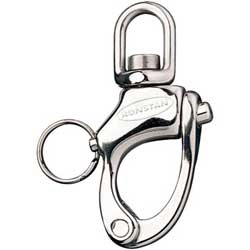Amy Putnam
Member
Hi, I am new to this site, but I am trying to solve a problem and I am wondering if anyone else has encountered it.
We are doing a production of "Dance Nation". At the very beginning of the play a lighting instrument is supposed to fall from the grid to the stage floor. Our grid is 16' high, and I am trying to solve for a safe way to achieve this effect.
Has anyone solved for this in a production they have worked on, or does anyone have any thoughts?
Currently I am thinking that I will have the instruments "electrical cable" travel through a pully that an operator allows to run. The operator will be able to stop the fall if a performer is in the wrong place and risks injury?
Thanks for any information and thoughts you can share
We are doing a production of "Dance Nation". At the very beginning of the play a lighting instrument is supposed to fall from the grid to the stage floor. Our grid is 16' high, and I am trying to solve for a safe way to achieve this effect.
Has anyone solved for this in a production they have worked on, or does anyone have any thoughts?
Currently I am thinking that I will have the instruments "electrical cable" travel through a pully that an operator allows to run. The operator will be able to stop the fall if a performer is in the wrong place and risks injury?
Thanks for any information and thoughts you can share



